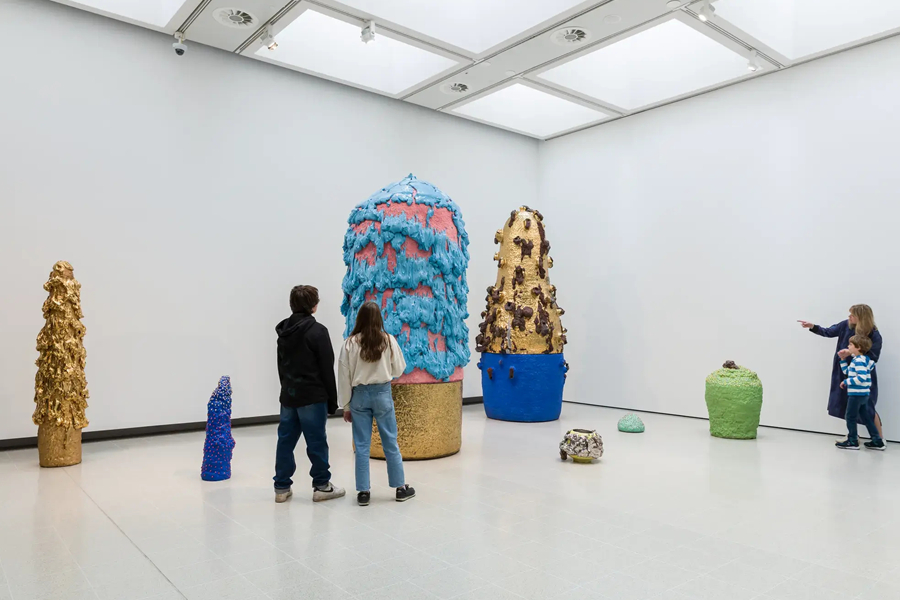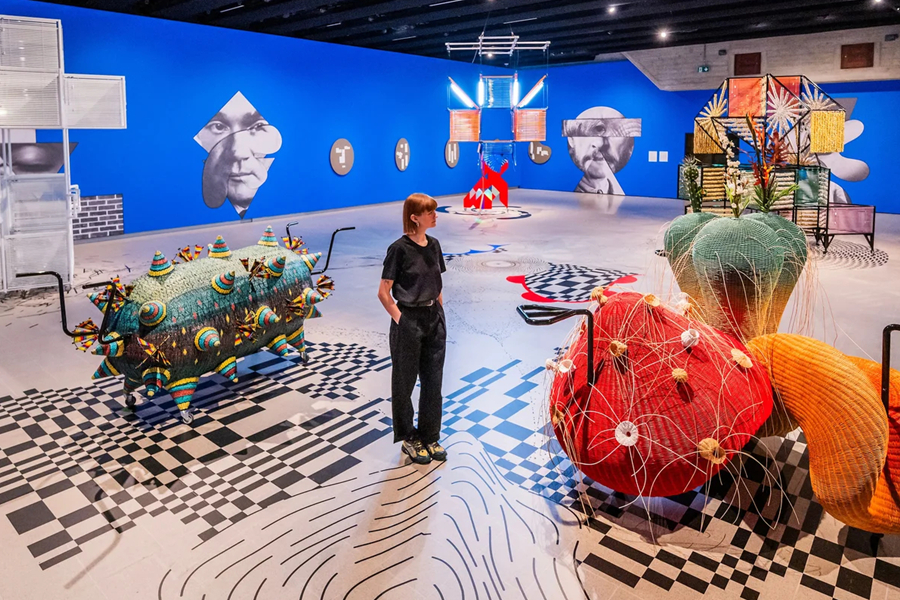At its core, aesthetics is about the appreciation of beauty in various forms. It encompasses not only visual art but also music, literature, architecture, and nature. The ancient Greeks laid the groundwork for aesthetic theory, proposing that beauty is an essential quality tied to harmony, proportion, and balance. These principles continue to resonate today, as we find ourselves drawn to compositions that evoke a sense of order and serenity.
In modern society, aesthetics extends beyond traditional art forms to influence everyday life. The design of our homes, the layout of urban spaces, and even the packaging of products are all crafted with aesthetic considerations in mind. A well-designed environment can enhance our mood, foster creativity, and promote well-being. For instance, the rise of minimalism emphasizes clean lines and simplicity, creating spaces that feel open and inviting. This aesthetic not only appeals to the eye but also encourages a sense of calm amidst the chaos of modern living.

Moreover, aesthetics plays a crucial role in branding and marketing. Companies invest heavily in creating visually appealing products and advertisements to capture consumer attention. The colors, fonts, and imagery used can evoke specific emotions and associations, influencing purchasing decisions. In this way, aesthetics becomes a powerful tool for communication, conveying messages and values that resonate with audiences.
The digital age has further transformed our relationship with aesthetics. Social media platforms like Instagram and Pinterest have turned aesthetics into a shared experience, allowing individuals to curate their lives visually. The concept of “aesthetic” has evolved into a cultural phenomenon, where trends emerge and spread rapidly, shaping collective tastes and preferences. From vintage vibes to modern chic, these aesthetics reflect our identities and aspirations, connecting us with like-minded individuals across the globe.
However, the pursuit of aesthetics is not without its challenges. In a world saturated with images and ideals, the pressure to conform to certain beauty standards can be overwhelming. It is essential to recognize that aesthetics is deeply personal; what resonates with one person may not hold the same appeal for another. Embracing diversity in aesthetic preferences allows for a richer, more inclusive understanding of beauty.
In conclusion, aesthetics is a powerful force that shapes our perceptions, environments, and interactions. It influences everything from art and design to branding and social media. By appreciating the diverse expressions of beauty, we can cultivate a deeper understanding of ourselves and the world around us, celebrating the myriad ways aesthetics enrich our lives.

